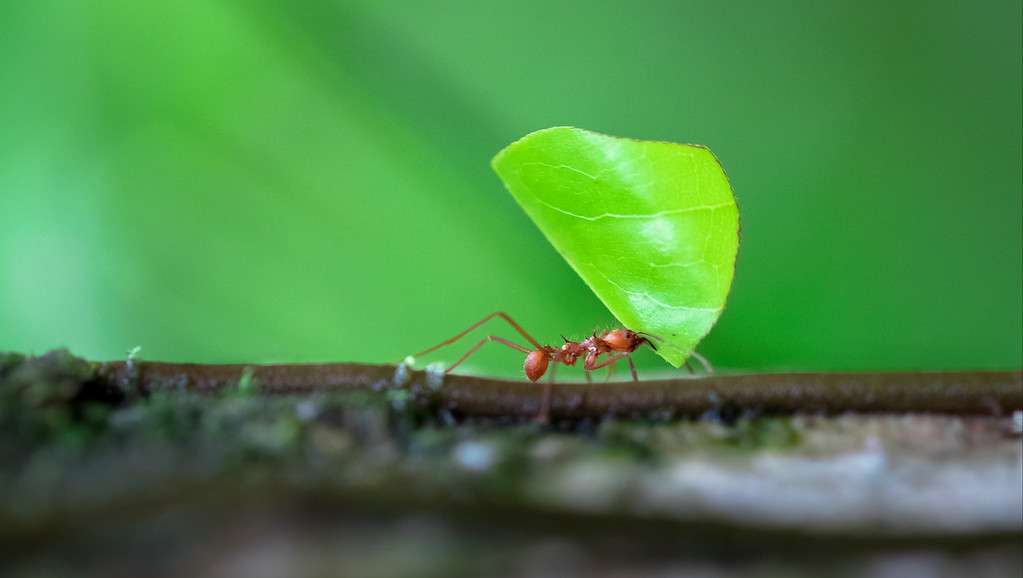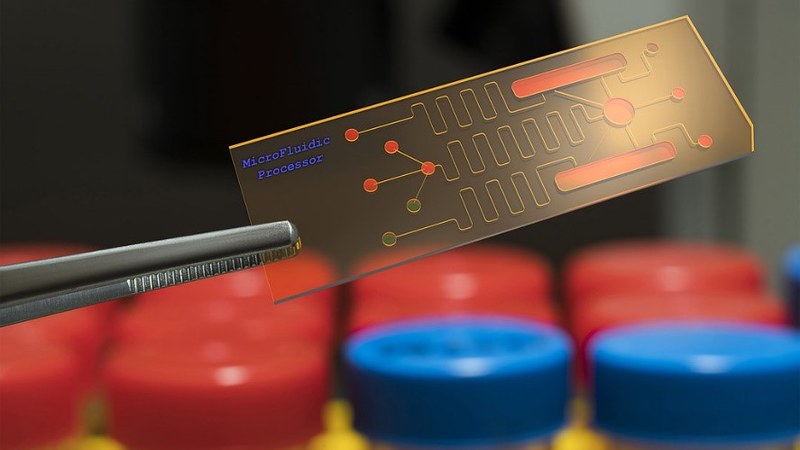
Reduce insecticide spraying by using ant pheromones to catch crop pests
Scientists at the Centre for Sustainable and Circular Technologies, University of Bath, have developed a molecular sponge that soaks up the pheromones of ants and releases them slowly to attract the pests to an insecticide trap.
Scientists at the Universities of Bath and Sussex have developed a new system that slowly releases ant pheromones to attract pests to an insecticide bait. This means that instead of spraying the whole crop with pesticides, traps can be placed in specific areas for more targeted protection.
Leaf-cutting ants are major pest species of agriculture and forestry in many areas of the tropics, causing an estimated $8 billion damage each year to eucalyptus forestry in Brazil alone.
Traditional pesticides often degrade quickly and are not specific to particular pests, resulting in substantial wastage of pest control products, environmental contamination and harmful effects on other insects.
The team of chemists and chemical engineers at Bath used molecular sponges called metal-organic frameworks (MOFs) to soak up the alarm pheromones of leaf cutter ants and then slowly release them to attract the insects to a trap.
In addition to experiments, they used computational modelling to simulate the movement of the pheromone molecule inside the pores of the MOFs to predict which structures would give the optimum capacity and speed of release. They found that by altering the chemical groups within the basic framework structure, they could adjust the speed of release of the pheromones so that the chemicals could be released over a period of several months rather than days.
Field trials of the system by University of Sussex researchers in a eucalyptus plantation in Brazil showed that the pheromone-loaded MOFs had the desired effect in attracting the ants to a trap.
Professor Andrew Burrows, Head of the Department of Chemistry at the University of Bath and Professor of Inorganic Chemistry at the University’s Centre for Sustainable and Circular Technologies, led the study that is published in the journal Dalton Transactions.
He said: “Insect pheromones have been used previously for attracting pests, but the trouble is they are quite volatile, so their effects don’t last very long. Our metal-organic frameworks act as a kind of sponge where the pheromones can be encapsulated in the pores and then released slowly over time. Our proof-of-principle study shows that these materials are effective in delivering the pheromone and that the insects respond normally to it. This system could reduce the amount of pesticides sprayed on a crop and could be particularly useful for high-value crops in small areas. We’re currently looking at a range of other insect messenger chemicals including those that can be used to control moth pest species in UK fruit orchards.”
The project was funded by The Leverhulme Trust, the University of Bath and University of Sussex.







